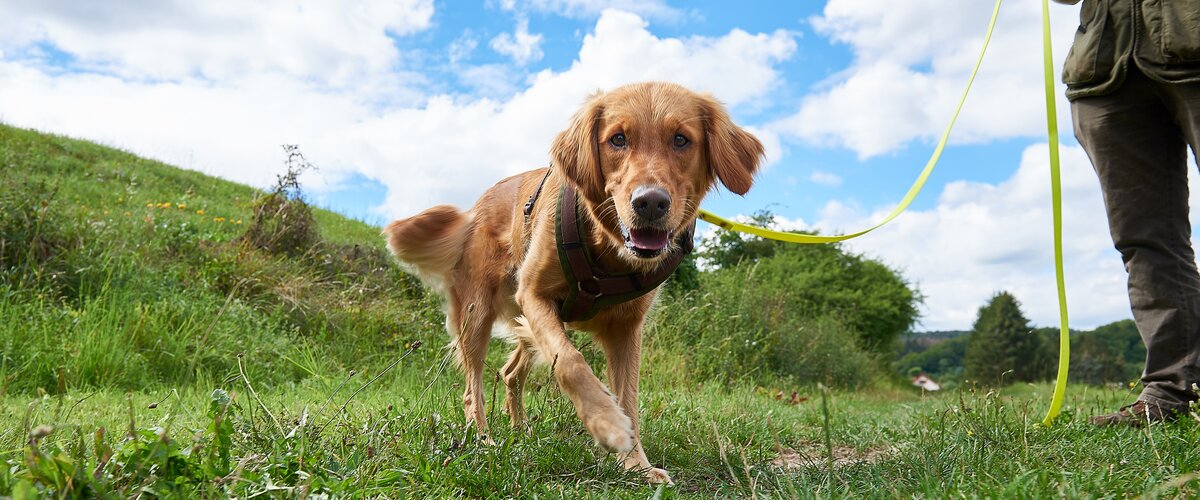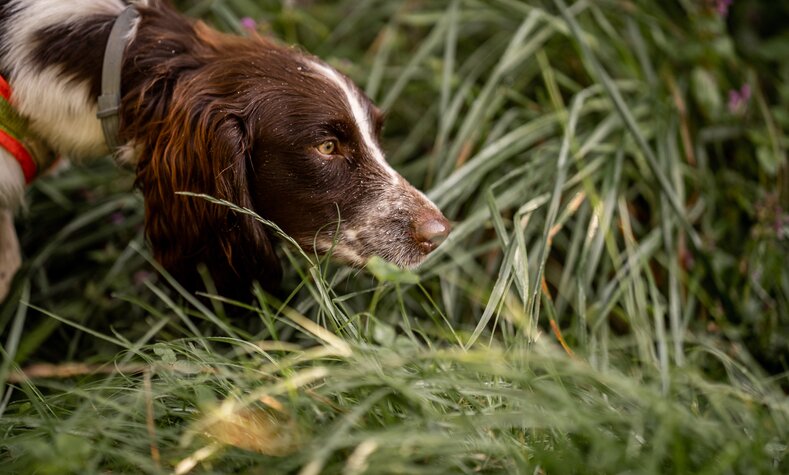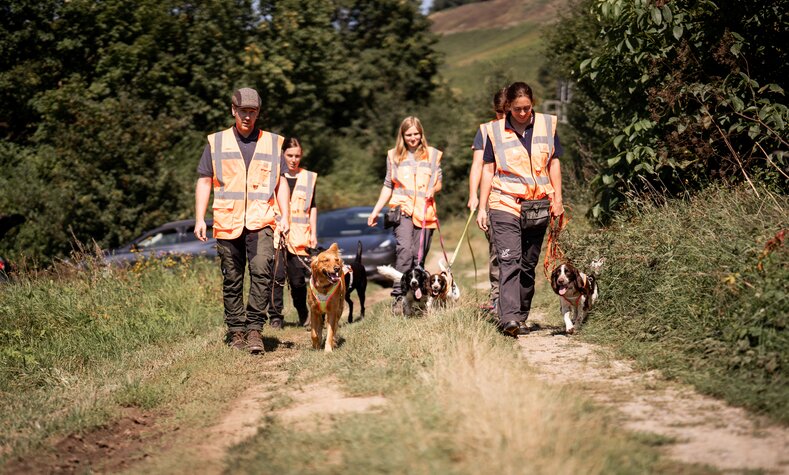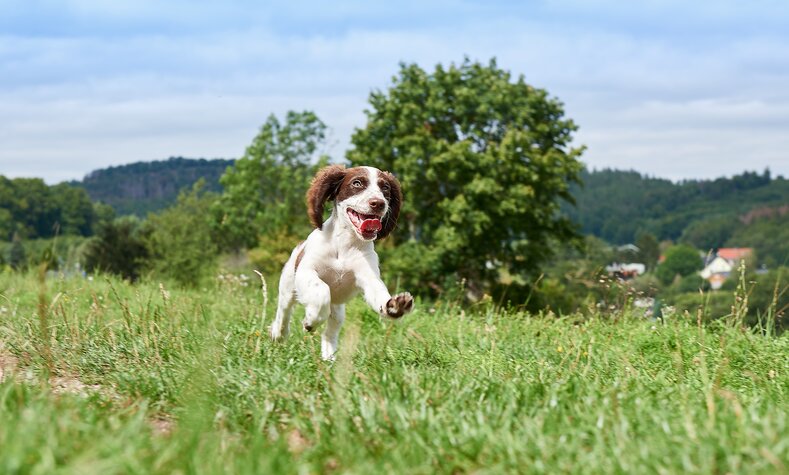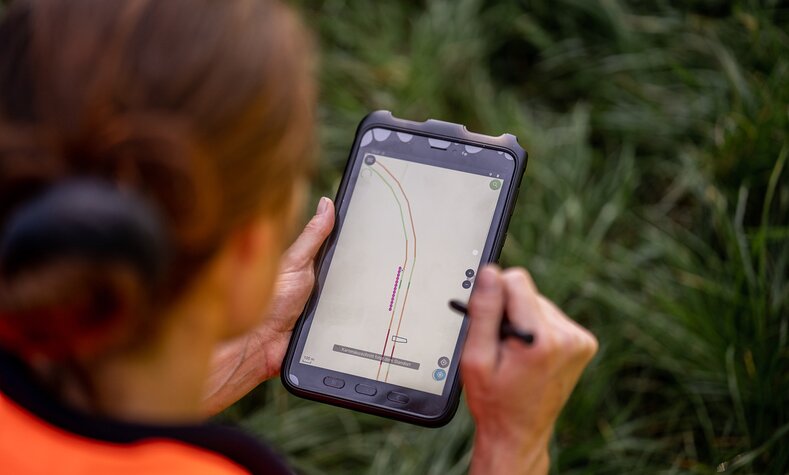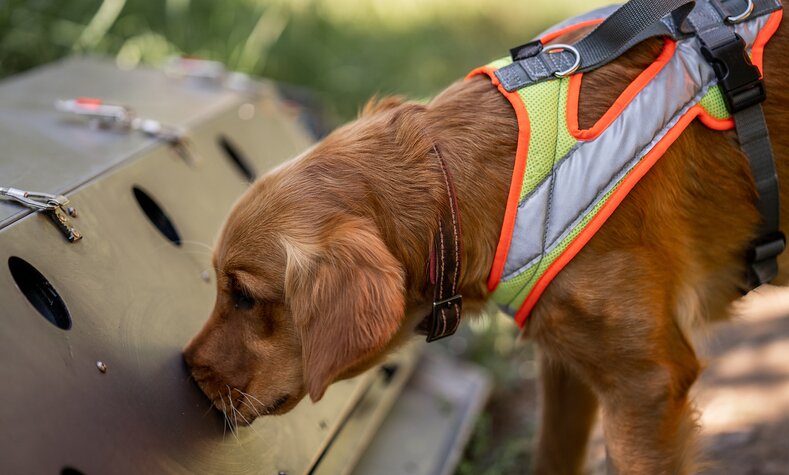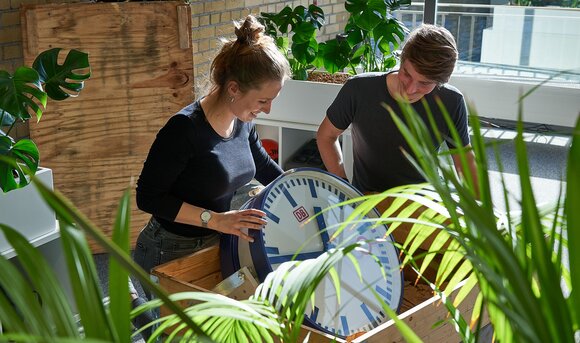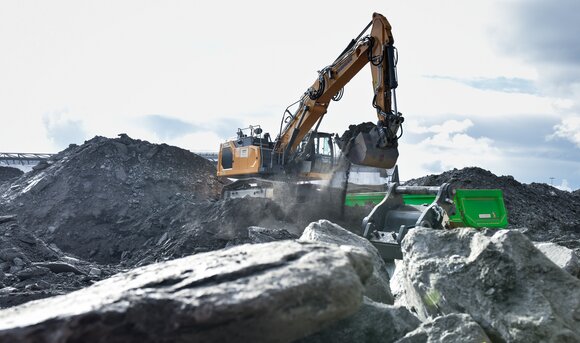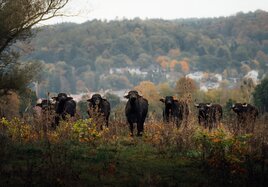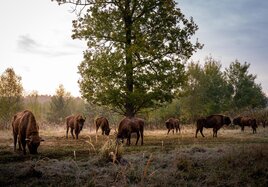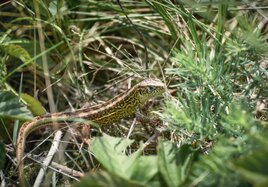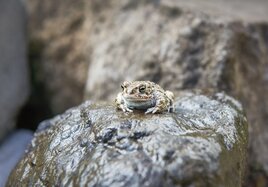A dog has about 220 million olfactory cells, giving them a sense of smell far, far better than ours. As Deutsche Bahn, we make use of this characteristic and, in addition to classic mapping methods, we also rely on the support of certified species detection dogs for construction projects.
Reliable colleagues on four legs
Conservation plays an important role in our construction projects. Before construction begins, we carry out an inspection of the site and create what is known as a "wildlife map", which lets us see if protected animals live on the construction site. We can take appropriate measures if we find any. Normally, our experts inspect the area and keep a lookout for any animals that might be living there, such as sand lizard or bats. However, it is not possible to spot everything: a building might have a lot of nooks and crannies, the construction site might be very overgrown, or the animals might not be active during a certain time of the day or year. Our species detection dogs, on the other hand, have learned to reliably sniff out the various animal species - even if they cannot be seen on site. For example, a species detection dog can track down the winter quarters of lizards even in sub-zero temperatures. In an environmental chamber, we test how reliably our species detection dogs work in different weather conditions.
Special training for dogs and humans
Our four-legged colleagues undergo special training as species sniffer dogs. With the help of a so-called scent box, they learn to recognize the scent traces of sand lizards, smooth snakes and other species. At the same time, the curriculum for our employees includes the biology of the target species and mapping also without dog. It takes some twelve months to complete this training, which ends with a test that covers theory and practice alike. Afterwards, the handlers and dogs are qualified to perform mapping duties at DB. Since the start of our project in 2021, 19 dogs have already been trained (Status: end of 2025).
Working on construction sites as a team
Already during training, the mapper and dog become a team. Their role will be to support ongoing construction projects and help map the presence of wildlife. For example, during the planned construction of the new ICE depot in Dortmund our specially trained dogs searched for bats and sand lizards, yellow-bellied toads and smooth snakes. The dog handlers and their four-legged friends spent three days locating the species on the 25-hectare site. Our detection dogs were also involved in the construction of the new S-Bahn main line in Munich, helping to track down the protected species living there.
Digital species mapping
With their sensitive noses, our dogs can sniff out what often escapes the human eye. They work quickly, precisely and independently without being affected by weather or by the protected animals' activity levels. The dogs' skills are the ideal complement to conventional mapping work. To save the locations, our mappers record the coordinates in a tablet and store them in a database. This way, we know which animals live where on the site and can relocate the relevant species in good time before construction begins. This not only benefits species conservation on our construction sites. The use of species detection dogs helps us to record protected species more efficiently.
